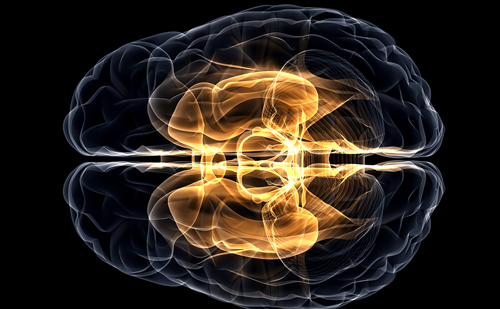We are in the midst of one of the more exciting scientific transformations of all time. The perfect storm of a digital age, non-invasive imaging, an emerging scientific culture of data sharing, and an ever improving computational infrastructure has forever changed how we study the brain. Co-ordinated multisite trials where well described data are made widely available for analysis has fundamentally altered clinical neuroscience. The study of neurologic disorders has readily adapted to these new digitally shared paradigms and there are efforts under way that combine data from hundreds (in some cases thousands) of subjects describing autism-spectrum disorder, Alzheimer’s disease, Huntington’s disease, and Parkinson’s disease, to name but a few. These studies include genetics, imaging, behavior, tissue, and fluid markers.
As I write this foreword for the latest issue of US Neurology, I can search the web for open databases containing vast amounts of data previously unavailable to a single investigator or someone not involved in the collection of these data. There are now unprecedented opportunities for new analytic strategies, data mining, and hypothesis generation, all from the portal of my laptop computer. These data may be from tightly orchestrated multisite trials, or sometimes they are aggregates of several studies that have a common (or similar) purpose collected from across the country and even the globe. Data that are sufficiently well documented and organized have value that can live far beyond the original intent and life of the study.
Could we have envisioned a voxel-wise genome-wide association study linking specific genes to local tissue characteristics in the brain as scientifically possible just a short time ago? Such studies are made possible by the ability to combine genetics data with magnetic resonance imaging (MRI) across many subjects as well as the expertise to analyze gene arrays united with sophisticated MRI analyses. Shared and comprehensive databases made this possible.
The clinical and scientific implications of all this are significant. The vast number of subjects accumulated in some of these databases affords a statistical power difficult to achieve with individual studies. The national effort to facilitate clinical research data repositories will further accelerate this transformation. Patterns and trends that may have a geographic or environmental association will become more readily measureable. Sensitivity, reliability, and accuracy should improve. The variety of applied analytic approaches will be far greater and the number of investigators examining and thinking about the data and their results can only produce better science.
On behalf of US Neurology, I hope you will find this edition both stimulating and insightful, and we extend our thanks to all of those involved, in particular the contributing authors, who have provided us with a varied and valuable selection of articles.














